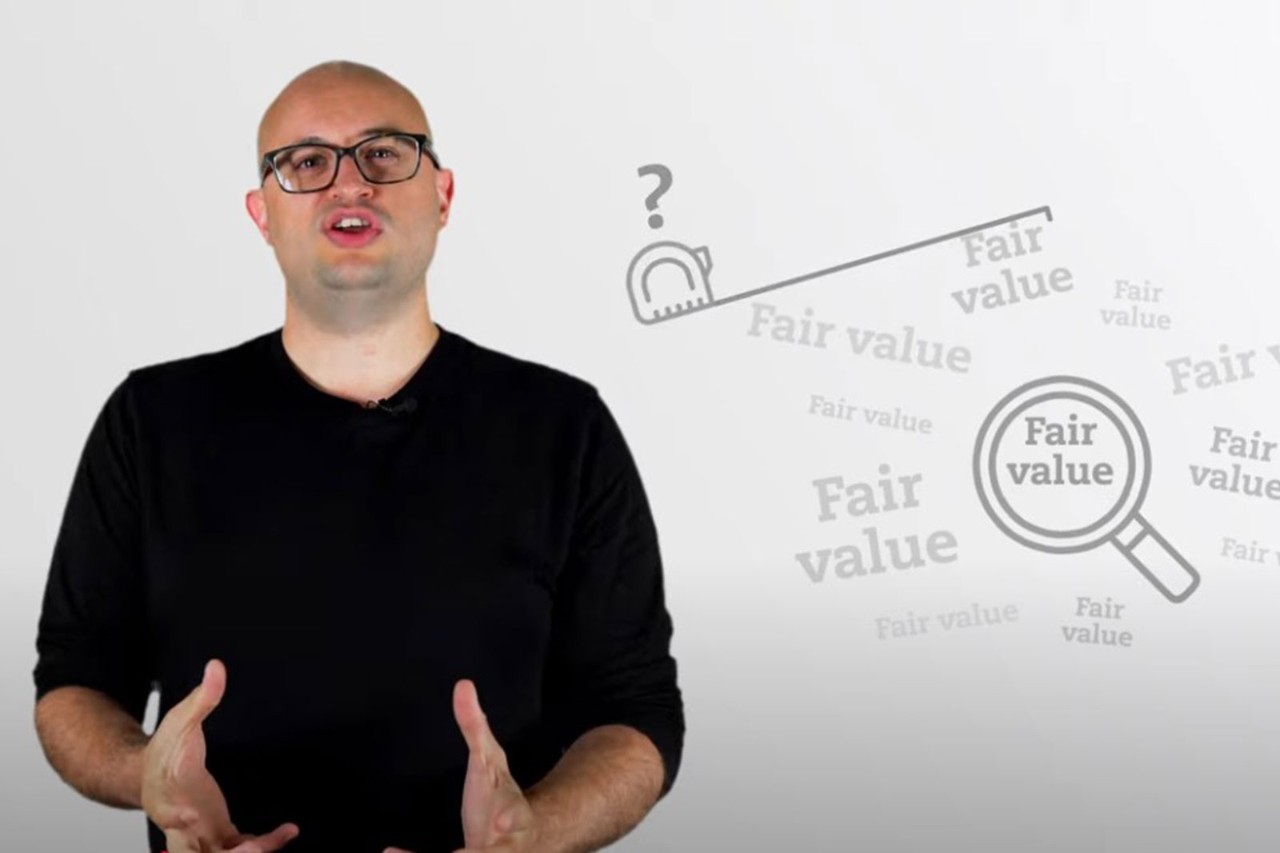
As the demand for sustainability information and reporting continues to grow, organisations of all sizes are getting to grips with the requirements and necessary processes – with professional accountants leading the way.
A new report from ACCA provides helpful guidance, including real-life examples and explanatory videos, for organisations as they work to identify sustainability-related risks and opportunities (SRROs) and assess their materiality.
The report, Sustainability reporting – Risk and materiality builds on the ACCA’s guide to preparing for sustainability reporting, specifically its three-step approach to determining material information about SRROs for reporting purposes.
The three steps are:
- Identify the organisation’s SRROs.
- Assess whether any SRROs could be expected to affect the organisation’s prospects.
- Determine material information about the SRROs that could reasonably be expected to affect the organisation’s prospects, for reporting externally.
Identifying relevant SRROs and the key information for decision-making requires time and resources
This latest report acknowledges that identifying relevant SRROs and the key information for decision-making requires time and resources. It sets out illustrative, anonymised real-life examples – including those involving smaller businesses that have fewer resources – that are intended to help accountants and other finance professionals improve their approaches to identifying and communicating risks and opportunities.
The report explains that many of the examples relate to climate risk, ‘as this is where most organisations are beginning their journeys’. But climate-related events can cause severe operational disruption, it adds, and ‘emphasise the urgent importance of addressing both physical and transitional climate-related risks and their impact on business continuity, with strategies that include managing and mitigating risks and adapting to take advantage of emerging opportunities’.
Red, amber or green ratings can be useful when providing quantitative information is not feasible
Putting it in context
In terms of the first step, the report says that identifying the organisation’s SRROs means establishing the context of its relationship with the natural environment and the society on which it depends. This will help the organisation identify key stakeholders and the information that could influence their decisions.
Sustainability-related risks, it adds, should be managed together with other risks that the organisation faces, so the existing re-management processes can be leveraged. Siloed management and reporting of financial and sustainability-related matters means that organisations often do not realise that they already have access to insights relating to SRROs that might be relevant for reporting.
The volume of available information can be overwhelming, so the report recommends using qualitative assessments before progressing to quantitative assessments. This approach requires the organisation to think about its activities and the related resources and relationships – essentially its business model and strategy – without being swamped with detail. Red, amber or green ratings, for example, can be useful risk indicators when providing quantitative information is not feasible.
Those on the shop floor will know their part of the value chain better than anyone else
The report also recommends involving staff who are closer to daily business activities, such as those on the shop or production floor or those managing suppliers or deliveries, when identifying SRROs, as they will know their part of the value chain better than anyone else. Encouraging collaboration among these staff to identify what could go wrong in the value chain will help to identify opportunities as well as risks.
The fact that SRRO reporting can raise opportunities is a recurring theme. One case study, for example, describes how the assessment of climate-related risk in a particular location by a smaller accountancy practice highlighted that businesses in the same location would be facing the same issues and asking the same questions. This resulted in the practice offering climate risk assessment as a new service to clients.
Skills in place
When discussing the second step of the three-step approach, the report argues that estimating the financial or other effects of an SRRO in the short, medium or long term requires a different set of assumptions and skills.
Organisations that will need to perform this assessment regularly may want to upskill existing staff or hire these skills if they do not already exist within the business. Organisations that will need to perform assessments less frequently may prefer to engage external consultants to assess the potential impact of SRROs.
Relevant disclosures
The final step is to determine material information for disclosure, and the report says that ‘organisations need to be mindful of the information needs of the stakeholders for whom the information is created. Information about an SRRO will be useful for decision-making if it helps readers understand the SRRO, its current and future effects on the organisation, and the business case for managing the SRRO better’.
Organisations must provide the most relevant sustainability-related information they can
Once the nature and extent of the information the organisation needs to disclose has been established, the materiality principle in the applicable reporting framework or standard can be used. The report uses two examples to highlight that determining whether a piece of information is material requires ‘significant judgment; perhaps more judgment than an organisation would use when determining the material information to be disclosed in the financial statements’.
The report concludes that it is ‘imperative that organisations use a holistic approach in creating and communicating material information about their SRROs’. They need to allocate the resources required to identify SRROs, provide the most relevant sustainability-related information they can, and use the knowledge they gain in one reporting cycle to improve the communication of material information in the next.



